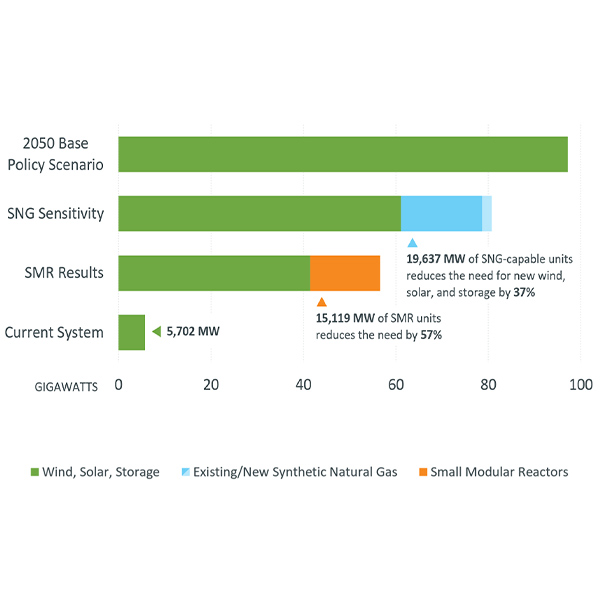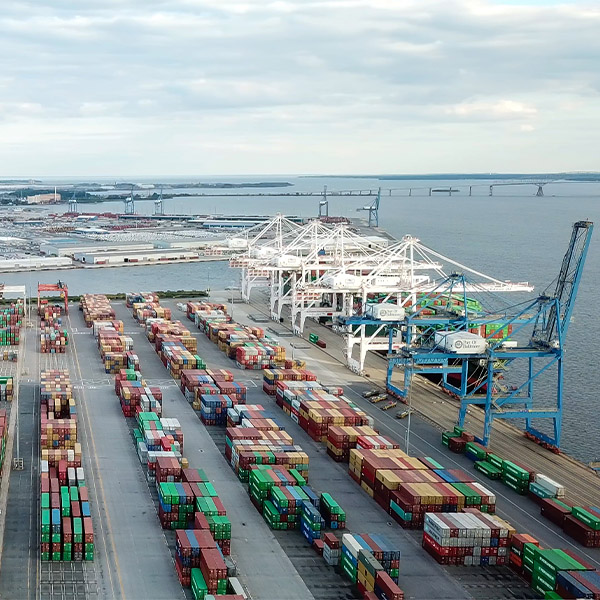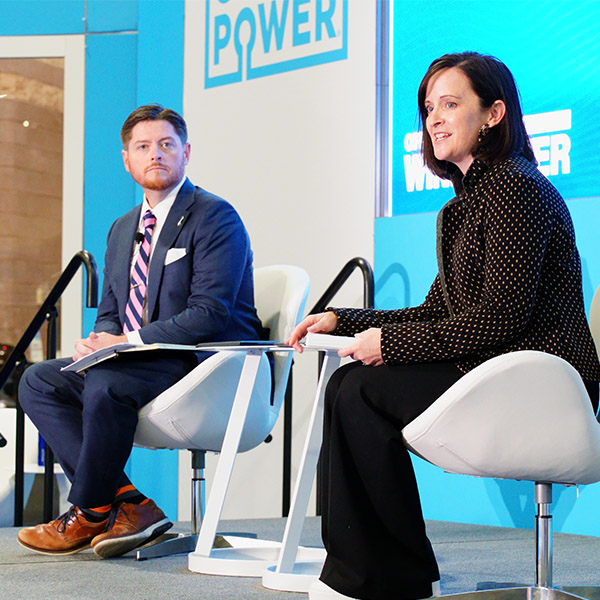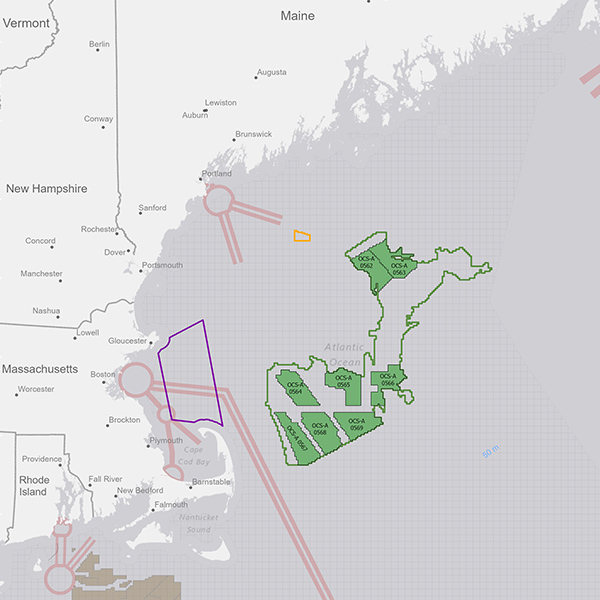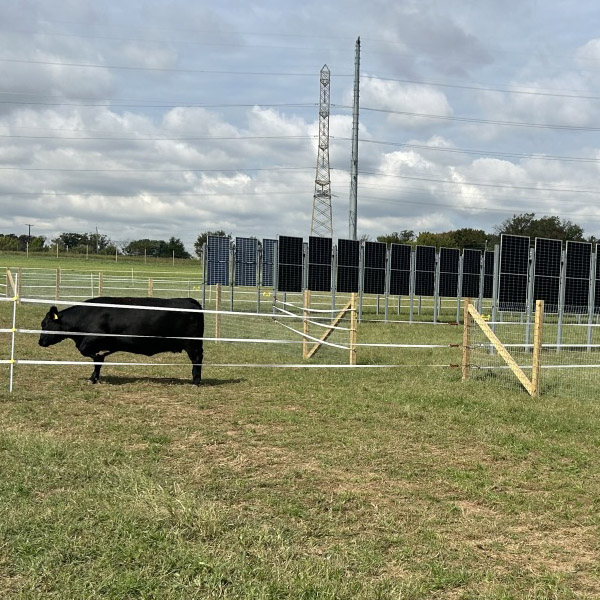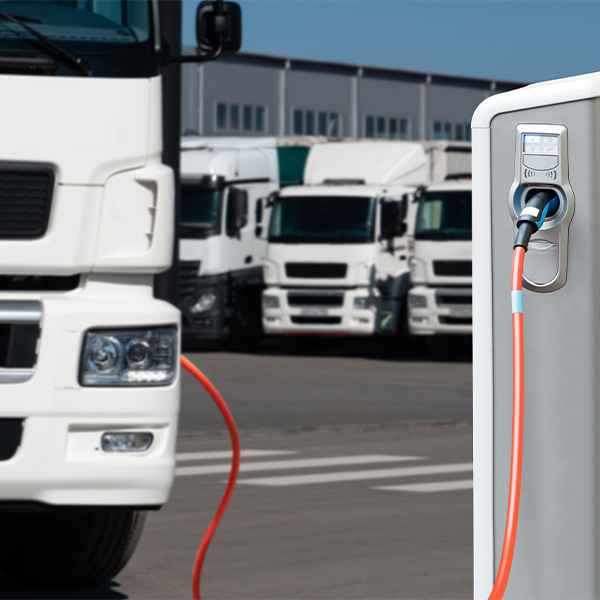NetZero Insider
Agriculture & Land UseBuilding DecarbonizationCookingEnergy EfficiencySpace HeatingWater HeatingCommentary & Special ReportsConference coverageCompany NewsEquity & EconomicsEmployment & Economic ImpactEnvironmental & Social JusticeFederal PolicyCongressDepartment of EnergyLoan Programs Office (LPO)Department of TransportationEnvironmental Protection AgencyFederal Energy Regulatory CommissionGeneral Services Administration (GSA)Interior DepartmentBureau of Land ManagementBureau of Ocean Energy ManagementNuclear Regulatory CommissionTreasury DepartmentWhite HouseGeneration & FuelsBioenergyFossil FuelsCoalNatural GasGeothermalHydrogenNuclearSMRRenewable PowerCommunity solarHydropowerOffshore Wind PowerOnshore Wind PowerSolar PowerRooftop solarUtility scale solarImpact & AdaptationIndustrial DecarbonizationState and Local PolicyAlabamaArizonaCaliforniaCA LegislationCalifornia Air Resources Board (CARB)California Energy Commission (CEC)California Public Utilities Commission (CPUC)ColoradoConnecticutDelawareDistrict of ColumbiaFloridaGeorgiaHawaiiIdahoIllinoisIndianaKentuckyLouisianaMaineMarylandMassachusettsMichiganMinnesotaMississippiMissouriMontanaNevadaNew HampshireNew JerseyNew MexicoNew YorkNYSERDAPublic Service CommissionNorth CarolinaNorth DakotaOhioOregonPennsylvaniaRhode IslandSouth CarolinaTennesseeTexasUtahVermontVirginiaWashingtonWest VirginiaWisconsinWyomingTechnologyCarbon CaptureTransmission & DistributionEnergy StorageMicrogridsTransportation DecarbonizationAirplane DecarbonizationEV chargersHeavy-duty vehiclesBattery Electric Buses (BEB)Fuel Cell Electric Buses (FCEB)Light-duty vehiclesBattery Electric VehiclesFuel Cell VehiclesPlug-in hybrid electric vehiclesShip electrificationClean Ports
Deep decarbonization of the New England grid will pose major challenges related to resource adequacy and market administration, ISO-NE concluded in the final report of its Economic Planning for the Clean Energy Transition study.
The 2024 edition of the American Clean Power Association’s WINDPOWER conference was a celebration of achievement by the U.S. offshore wind industry and a recognition of the hurdles it still must cross.
EPA announced it will disburse $2.9 billion in grants to U.S. port authorities to purchase zero-emission equipment, vehicles and on-site electricity generators through its Clean Ports Program.
The U.S. Department of Defense and Bureau of Ocean Energy Management have reached a memorandum of understanding intended to improve the collaboration of offshore wind power development proposals.
The first-ever offshore wind lease auction for the Gulf of Maine resulted in the sale of four offshore lease areas to two developers, bringing in a total of about $21.9 million.
EPRI launched its DCFlex initiative, which is meant to maximize demand flexibility from data centers to help them more quickly plug into the grid and provide demand response for emergencies.
Despite some recent hiccups with supply chains and higher interest rates, the clean energy transition is set to accelerate with long-term policy support, panelists said at the Aurora Energy Transition Forum.
After negotiations extending well past the end of the formal legislative session, Massachusetts lawmakers are nearing passage of a wide-ranging climate and energy bill.
New Jersey approved a three-year pilot program to create 200 MW of dual-use solar capacity that puts solar panels on functioning farmland in a precursor to a permanent program.
The New Jersey Board of Public Utilities adopted minimum filing requirements that allow utilities to propose programs to promote the development of medium- and heavy-duty electric vehicle chargers.
Want more? Advanced Search
